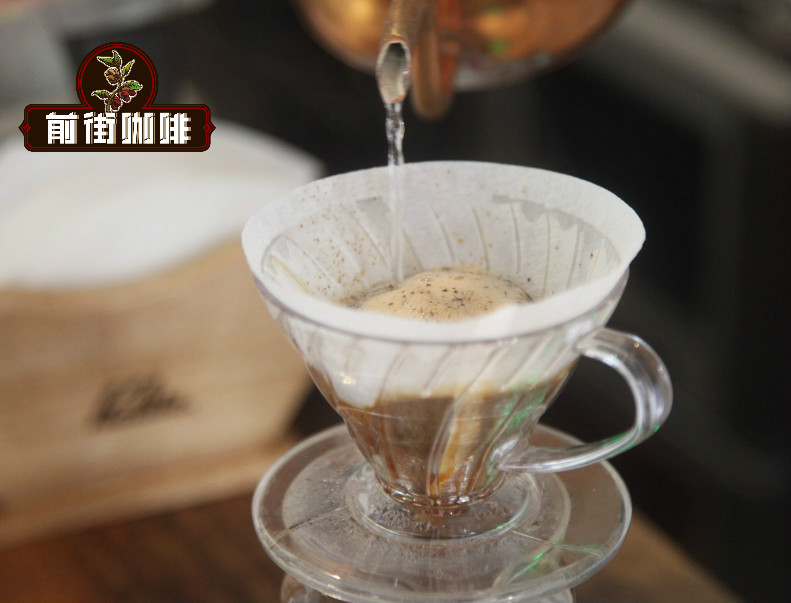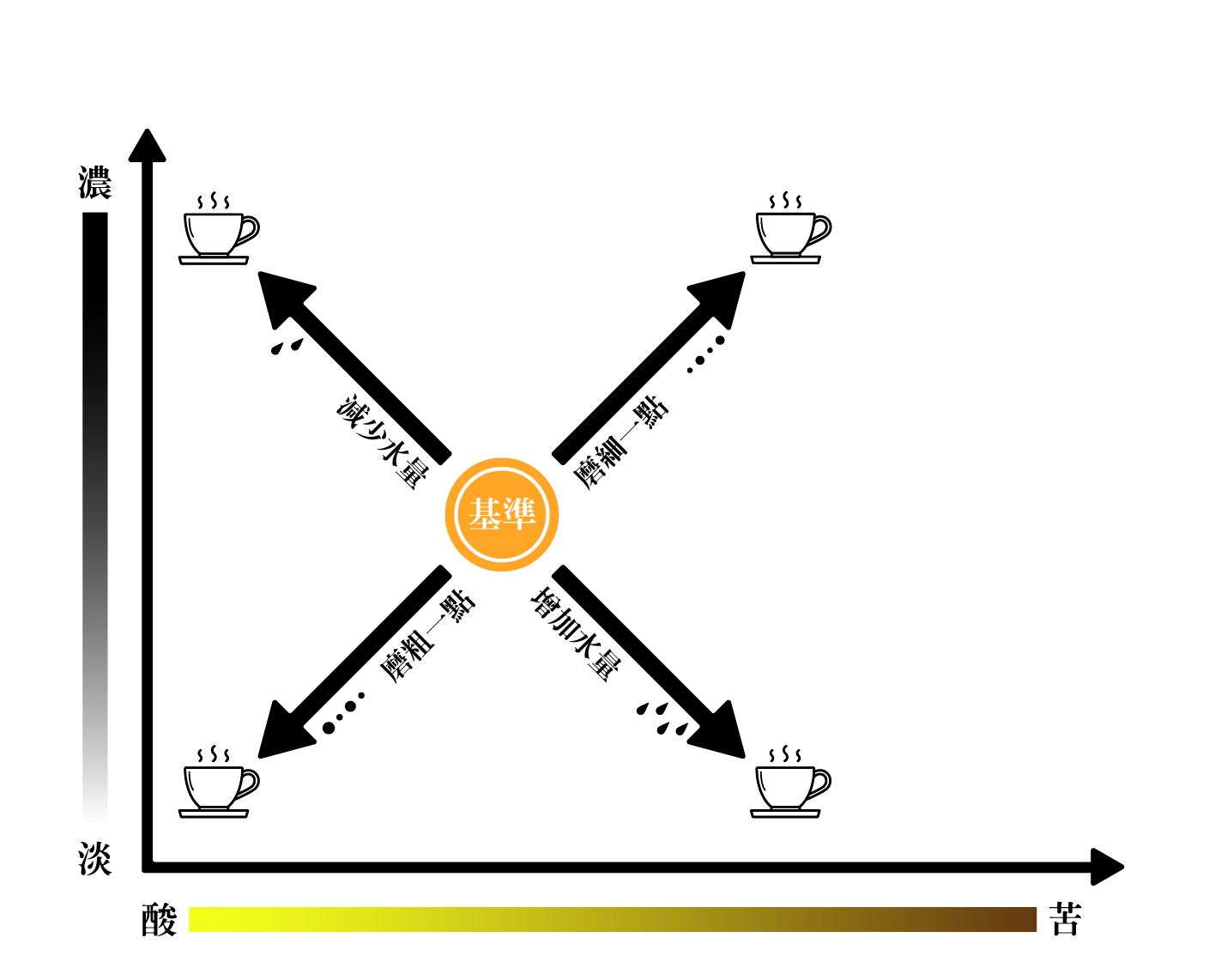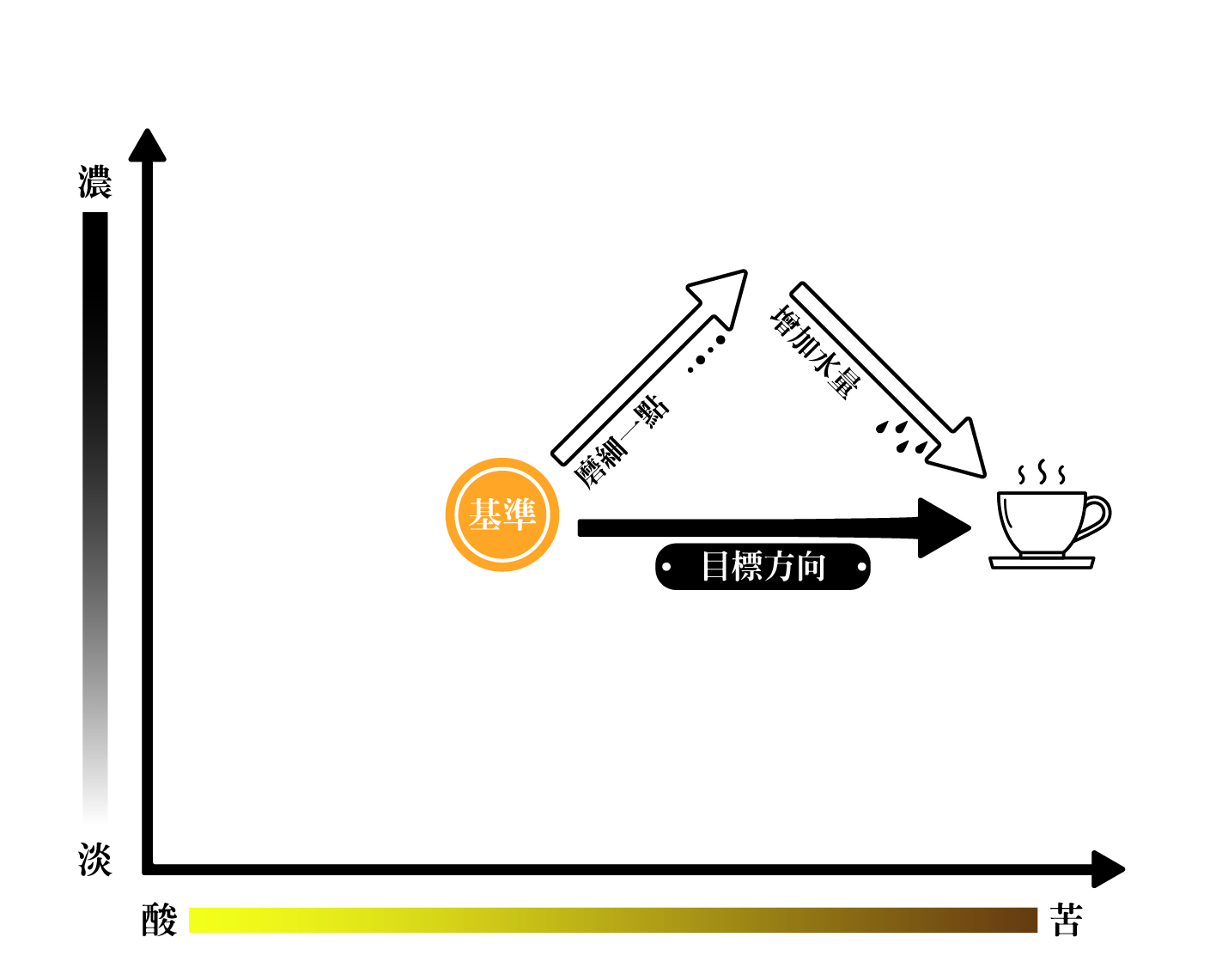There are three levels of coffee hand brewing: brewing architecture, large parameters, and small parameters.
Hand brewing has always been the first choice for many enthusiasts to make their own coffee, and because they are holding their own pot to inject water from beginning to end, the brewing process is full of ritual. But often encounter a friend reaction, at home always can not flush the taste of drinking in the coffee shop, but do not know the adjustment of steaming time, grinding scale, water injection method, water temperature … Etc.
For starters, I suggest that cooking be cut into three levels: cooking architecture, large parameters, and small parameters.

Brewing architecture
The definition of the so-called cooking structure is the sum of "I want to do this". I just want to use this filter cup, I just want to drip water slowly, and I just want to pour all the water at once. Please keep in mind that there is no bad architecture, only bad parameters! When you have determined what kind of brewing structure you want to use to make coffee, then you are ready to adjust the parameters.
The knack of adjusting cooking: balance, concentration in the middle, aroma and taste on both sides
The so-called cup of coffee is well balanced, which refers to the sweet and sour taste that makes people feel comfortable. For beans baked in a bowl, the coffee can be very sour or bitter. The range of sour, sweet and bitter that can be caused by cooking is very dramatic. Not to mention the concentration, the amount of water when brewing will intuitively cause the coffee to become thicker or thinner.
However, when a bunch of herbs and wood-conditioned deep-roasted mantenin are prepared, no matter who brews it, it is impossible to make a cup of coffee full of flowers and fruits. In the brewing stage, there is a very limited amount of change we can make to the aroma, so don't dwell on the aroma before the coffee tastes good.
In my experience, when the coffee has reached the balance between sweet and sour, and the concentration is appropriate, the taste will also reach the good ball zone that beans can perform, then the basic elements of a good cup of coffee will be ready.
Grinding fine and thick bitterness, grinding coarse and light acid, more light bitterness in water, less acid in water
The two major parameters that can control the balance and concentration of coffee are the ratio of grinding thickness to water powder. We can use a simple picture to illustrate, in which gouache ratio I suggest that the amount of powder can be fixed, only change the amount of water, to avoid causing too little powder when it is not good to inject water.
The four adjustments just constitute the four trends of the X type.

When the brewing structure is fixed, the amount of water decreases, the coffee becomes sour and thicker, and when the amount of water increases, it becomes bitter and dilute.
On the other hand, roughing causes the coffee to become sour and light, while fine grinding becomes bitter and thicker.

In this way, when you make a cup of coffee, you can take a sip and feel which direction you want the coffee to go in the picture. When the concentration or taste balance is satisfied, you can even adjust the grinding thickness and water at the same time to form a + movement. For example, if you refine and increase the amount of water at the same time, you can get a cup of coffee with the same concentration but increased bitterness.
Step by step, do not change other small parameters until the big parameters are adjusted.
When the large parameters are adjusted properly, you can already get a cup of good coffee with moderate thickness and a balance of sweet, sour and bitter. Therefore, only when we have a full grasp of the large parameters, and then start to adjust the small parameters, can we have logic and basis for efficient adjustment.
Important Notice :
前街咖啡 FrontStreet Coffee has moved to new addredd:
FrontStreet Coffee Address: 315,Donghua East Road,GuangZhou
Tel:020 38364473
- Prev
The significance of Water activity Curve in Solar treatment of Alida Manor Coffee
Wilford Lamastus, the owner of Alida Manor, talks about the process of solarization. The so-called Natural process, strictly speaking, should be called "whole berry drying". It is the oldest and seemingly simplest treatment: for more than a thousand years, the principle is to collect coffee berries, spread them on the ground, dry them, and then remove them.
- Next

Effects of plant milk such as soybean milk, almond milk and oat milk on fine coffee
The best plant milk for coffee in recent years, plant milk has been widely used. Many people are trying to reduce their intake of animal products, and the boutique coffee market is no exception. Whether you choose plant milk for moral, health or other reasons, it is important to find a milk substitute that does not disguise the beauty of coffee. More and more customers are becoming vegetarians or lactose intolerant. But
Related
- Beginners will see the "Coffee pull flower" guide!
- What is the difference between ice blog purified milk and ordinary milk coffee?
- Why is the Philippines the largest producer of crops in Liberia?
- For coffee extraction, should the fine powder be retained?
- How does extracted espresso fill pressed powder? How much strength does it take to press the powder?
- How to make jasmine cold extract coffee? Is the jasmine + latte good?
- Will this little toy really make the coffee taste better? How does Lily Drip affect coffee extraction?
- Will the action of slapping the filter cup also affect coffee extraction?
- What's the difference between powder-to-water ratio and powder-to-liquid ratio?
- What is the Ethiopian local species? What does it have to do with Heirloom native species?

